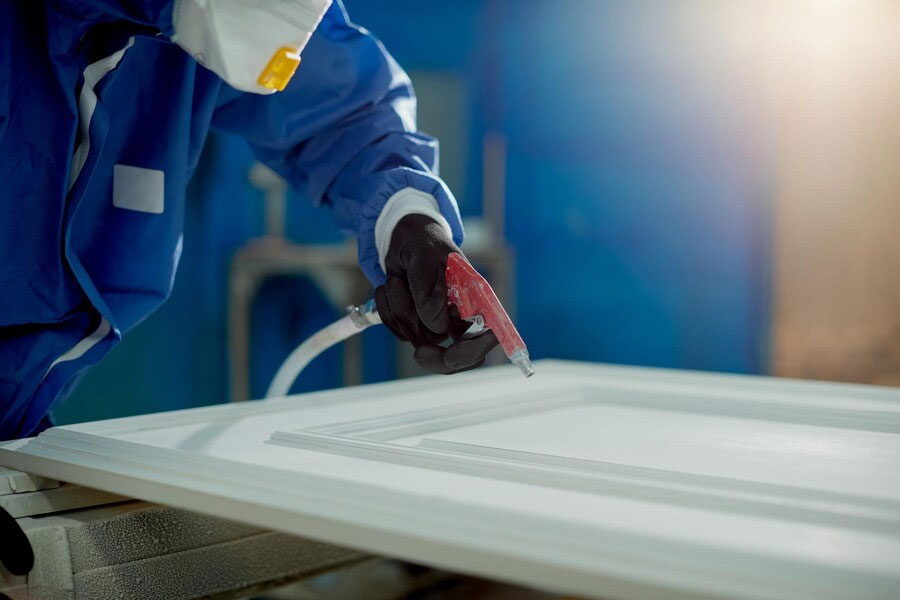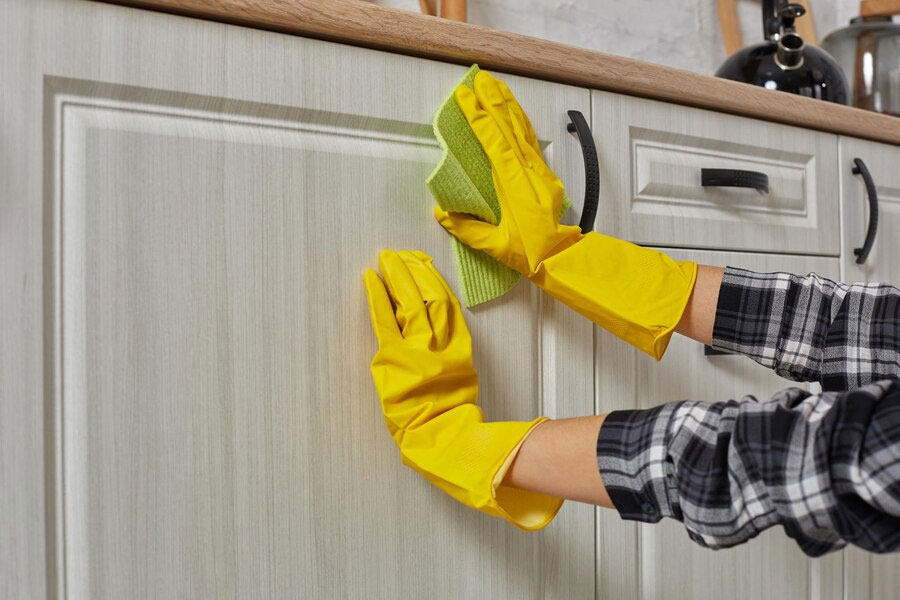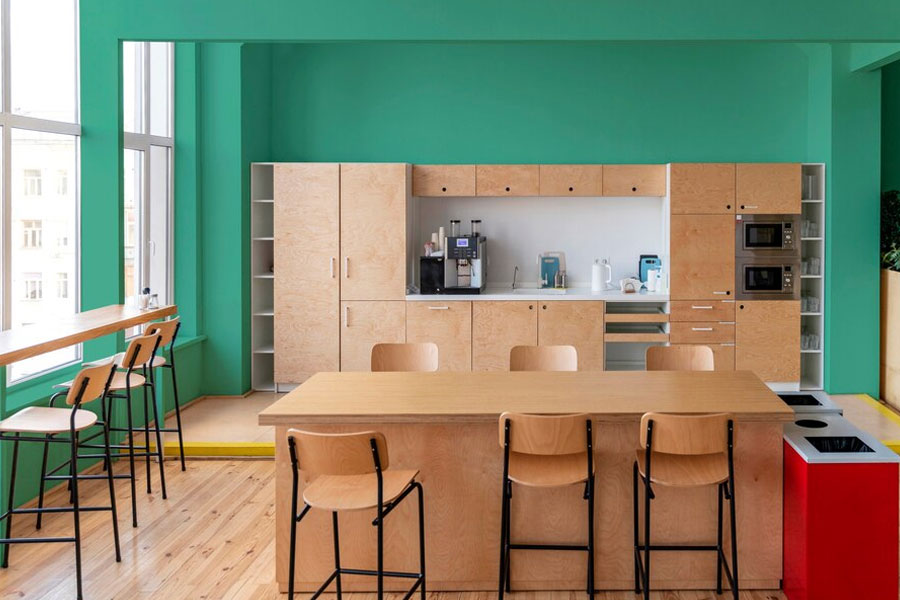

Nothing will take a kitchen from drab to fab quite like repainting your kitchen cabinets. This involves spending less money and doing away with complete remodeling associated with remaking your entire kitchen. Faded paint on cabinets will eventually make your kitchen look old and tired; however, the right method will easily transform your space with a fresh coat. Here is a step-by-step tutorial that will enable anyone to repaint their kitchen cabinets and restore their original beauty.
Preparation is the key to having a professional-looking finish. Start by clearing your kitchen countertops and covering them with drop cloths or plastic sheeting to protect them from dust and paint splatters. Remove all cabinet doors, drawers, and hardware. Label each door and its corresponding hardware to make reassembly easier.

Kitchen cabinets tend to collect grease, grime, and residue over time, preventing paint from sticking onto surfaces. Use a degreaser or a mixture of water and mild detergent to clean the surfaces well. Pay particular attention to areas around handles and near the stove, then rinse with clean water and let the cabinets fully dry.
Let some new paint adhere to all that new wood. Use 120-grit, medium-grit sanding on all surfaces–your doors, drawer fronts, and inside frame where that new cabinet will go. Get that top layer of that old, used-to-be-so-proud-of-it painted junk off there and leave behind an unfinished, somewhat rough-looking surface for the primer. Clean every inch of dust off it using the shop vac, a brush attachment, or your favorite tack cloth.
Apply painter’s tape around the edges of the cabinets, countertops, and walls for clean lines and the areas you do not want to be painted. The process could take some time, but it ensures a neat and professional finish.
Priming is essential for a durable and long-lasting paint job. Choose a high-quality primer designed for your type of cabinets (wood, laminate, etc.). Apply the primer using a paintbrush for the edges and a foam roller for larger surfaces. Allow the primer to dry according to the manufacturer’s instructions, and then lightly sand with fine-grit sandpaper (about 220 grit) to smooth out any imperfections. Wipe away the dust with a tack cloth.

Now comes the main event: painting the cabinets. Choose a good quality paint that will last well and is specifically designed for kitchen cabinets. Satin or semi-gloss finishes are popular choices because they are easy to clean and resistant to moisture and stains.
Use the same application as the primer to apply the paint. A paintbrush should be used on the edges, and a foam roller should be used for the flat surfaces. Multiple thin coats would be applied instead of one thick coat to avoid drips. Ensure that you let each coat dry before applying the other. Depending on the paint, you may need two or three coats of paint to get the full coverage.
After applying the final coat of paint, it’s important to let the paint cure properly. This usually takes a few days, but refer to the paint manufacturer’s instructions for specific curing times. Avoid reattaching the hardware or using the cabinets until the paint has fully cured to prevent smudges or damage.
Remove the painter’s tape once the paint is fully cured, and replace the hardware, doors, and drawers. Use your labels to get everything back in the correct place. Take time with this step so as not to scratch or damage your fresh paint.
Stand back and admire your handiwork. Now that the cabinets are all reassembled and back together, your kitchen should look fresh and revitalized, with cabinets appearing as good as new.
Repainting your kitchen cabinets is a rewarding project that saves you big bucks for remaking your space and truly adds to your space look. Follow these instructions and take enough time and energy for all phases to help produce more professional results when upgrading the kitchen remodel.